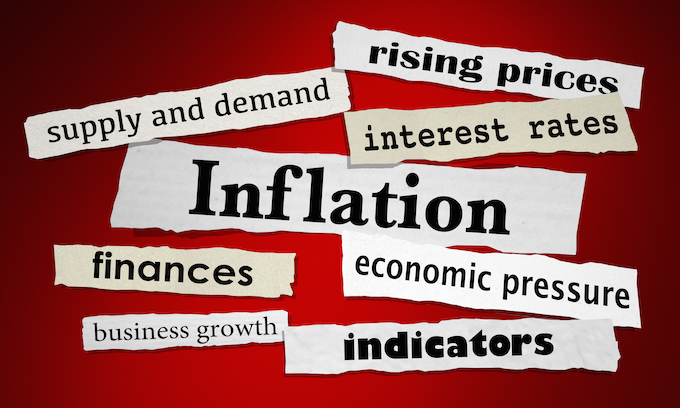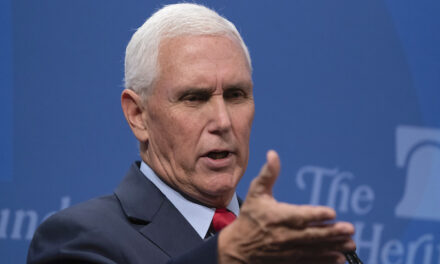Shortly before the recent bout of inflation began, Federal Reserve public forecasts predicted that inflation and interest rates would stay at near zero for at least three more years. How could the Fed’s inflation forecasts have been so wrong?
The two common explanations for the Fed’s inflation forecast errors — the pandemic and greed — are inadequate at best.
We frequently hear that the current inflation was caused by the pandemic. During the pandemic, everyone in the world knew about it in extraordinary detail, including everyone at the Fed. Are we to believe that the Fed nevertheless incorrectly assessed the pandemic’s implications for inflation? If so, why?
We also hear frequently that the inflation has been caused by corporate greed. The models used by central banks assume that firms maximize profits in the best interests of their shareholders. Are we to believe that firms have figured out how to make more money than by maximizing their profits in accordance with Fed’s own model assumptions? Exceeding the profit maximum seems like an oxymoron that cannot contradict the assumptions already built into the Fed’s models.
In addition, if industries had been perfectly competitive, prices would have increased rapidly to clear the market. If highly concentrated market power had resulted in prices increasing to beyond competitive equilibrium prices, there would have been an excess supply of those goods in the market. Instead, there were shortages at the retail level, implying that prices had actually been kept to below the perfectly competitive levels that would have cleared the market.
There must be something fundamentally wrong with the Fed’s models used for forecasting. In recent years, most central bank econometric models are of the “New Keynesian” variety and are missing the government budget constraint. This is an accounting identity stating that government spending must equal the sum of taxes, borrowing and new money creation.
Without that accounting identity, the seigniorage tax appears to be free. This tax is defined to be government revenue received from new money creation by the central bank. An implication of models lacking the government budget constraint is that the central bank has a large store of magical fairy dust, which the central bank can sprinkle around the country to help people at no cost to anyone. It’s magic!
In contrast, classical economics says that when the government uses the seigniorage tax to fund government spending, the public will pay for it from the resulting inflation tax, which can appear after a long lag. During the pandemic, the U.S. government was using the seigniorage tax to an extraordinary degree.
Perhaps there was good reason to depend so heavily on the seigniorage tax during the pandemic, or perhaps it was overdone. In either case, we are now paying for it through the inflation tax. Since this conclusion is so elementary to anyone familiar with classical economic theory, the failure of the Fed to anticipate the consequences of government policies during the pandemic can only reflect a major defect in the models it uses to forecast inflation.
The defects of models missing the government budget constraint are well known to those economists who have recently published New Keynesian models incorporating the seigniorage tax, such as Peter Ireland on the independent analytic Shadow Open Market Committee.
It is time for the Fed to recognize the limitations of its models and make the needed corrections to avoid future major forecasting errors. A good place to start would be at the Kansas City and St. Louis Federal Reserve Banks, which have long histories of research and policy independence and employ economists who understand this modeling problem.
The credibility of the Fed’s inflation rate forecasts has been seriously damaged. They are now seen to have been wishful thinking, supported by little more than predictions from defective models — clouded by magical fairy dust.
©2022 The Kansas City Star. Visit kansascity.com. Distributed by Tribune Content Agency, LLC.
—-
This content is published through a licensing agreement with Acquire Media using its NewsEdge technology.



















Intentional misanalysis by an administration that is beyond incompetent. Maybe they relied too heavily on their Congressional member with an economics major—AOC.
THEY Are wrong, because INCOMPETENCE IS RIFE in the fed.. Facts don’t matter, feelings and propaganda does.